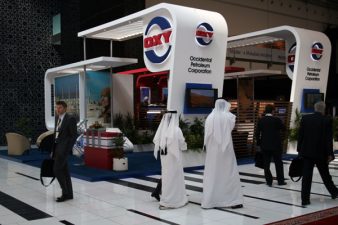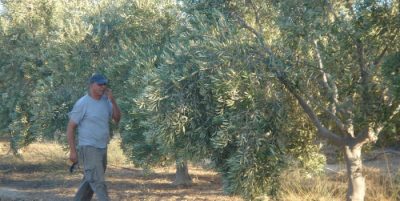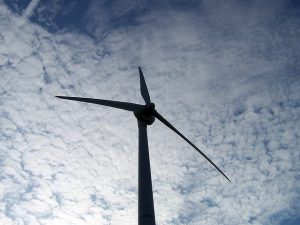 A gigantic electricity network would link electric grids throughout the Middle East and extend them much further in a massive infrastructure investment in a smart grid.
A gigantic electricity network would link electric grids throughout the Middle East and extend them much further in a massive infrastructure investment in a smart grid.
At a press conference in the Cairo office on Saturday, Mohie Eddin said the World Bank is considering a smart grid plan that would link the eastern Arab states, Oman, Qatar, Bahrain, Kuwait, the UAE and Saudi Arabia with Egypt, down through the Sudan into Ethiopia, and along the top of the Desertec region linking the western outposts of the Arab World. This would connect up nations as far away as the Maghreb region of Morocco, Algeria, Libya, Tunisia, Mauritania and the Western Sahara.
Is the World Bank indirectly getting involved with Desertec? A glance at this planned grid is almost like an overlay of the Desertec plan, but extended – not up into Europe, as the Desertec plan – but across, to the increasingly hot and energy hungry nations of the rapidly growing Arab world. Expanding the reach of the grid across the nations of Northern Africa is the first step to the Desertec plan. But it has many other advantages.
Enlarging the geographic range of any electric grid has significant energy saving benefits, because peak demand happens in the various regions at staggered intervals, instead of all at the same time.
For example, in the case of Saudi Arabia and Egypt, two countries that could benefit from borrowing power during their staggered peak times, peak demand is between about 3-4 GW.
Instead of Egypt and Saudi Arabia having to both build 4GW of extra energy in to supply their own grid, under this World Bank plan, the two countries could essentially share that same peak power, in effect, both getting by on just 2GW and swapping the extra back and forth.
Expanding the size of the grid is also key to adding more renewable energy, anywhere. As Morocco adds more solar, and Egypt gets more wind, the larger the area the grid covers, the better. It is always blowing somewhere, and the larger the grid, the easier it is to capitalize on that fact.
A wider grid also means there is a better chance that a particular region can get help in an emergency. And with climate change bringing soaring temperatures to an already hot region, there will be more energy emergencies.
This summer, as temperatures soared to an improbable 122 F in Kuwait (50 C), Kuwait begged neighbors Saudi Arabia and Bahrain for extra power from their more localized small GCC electrical grid program: the GCCIA, Gulf Cooperation Council Interconnection Authority. It was rebuffed. Both its immediate neighbors were struggling with the same problem.
When the grid sharing program began in 2008, the belief was that each member state would be able to import up to the value of its interconnection size, which in Kuwait’s case was 1,200 megawatts. But the close proximity of the Gulf countries made that technically impossible in a regional emergency.
By funding the expansion to a wider region, as it has done with other grid investments, the World Bank is solving this problem, and making it possible to greatly widen the impact of the the new renewable power projects being added in the region.
Image: MABRY
More on the World Bank and renewable energy:
World Bank Grants Egypt 1.2 Billion Egyptian Pounds For Wind Energy
Morocco Looks to $9 Billion Solar Project to Supply 40% of Country’s Power By 2020



